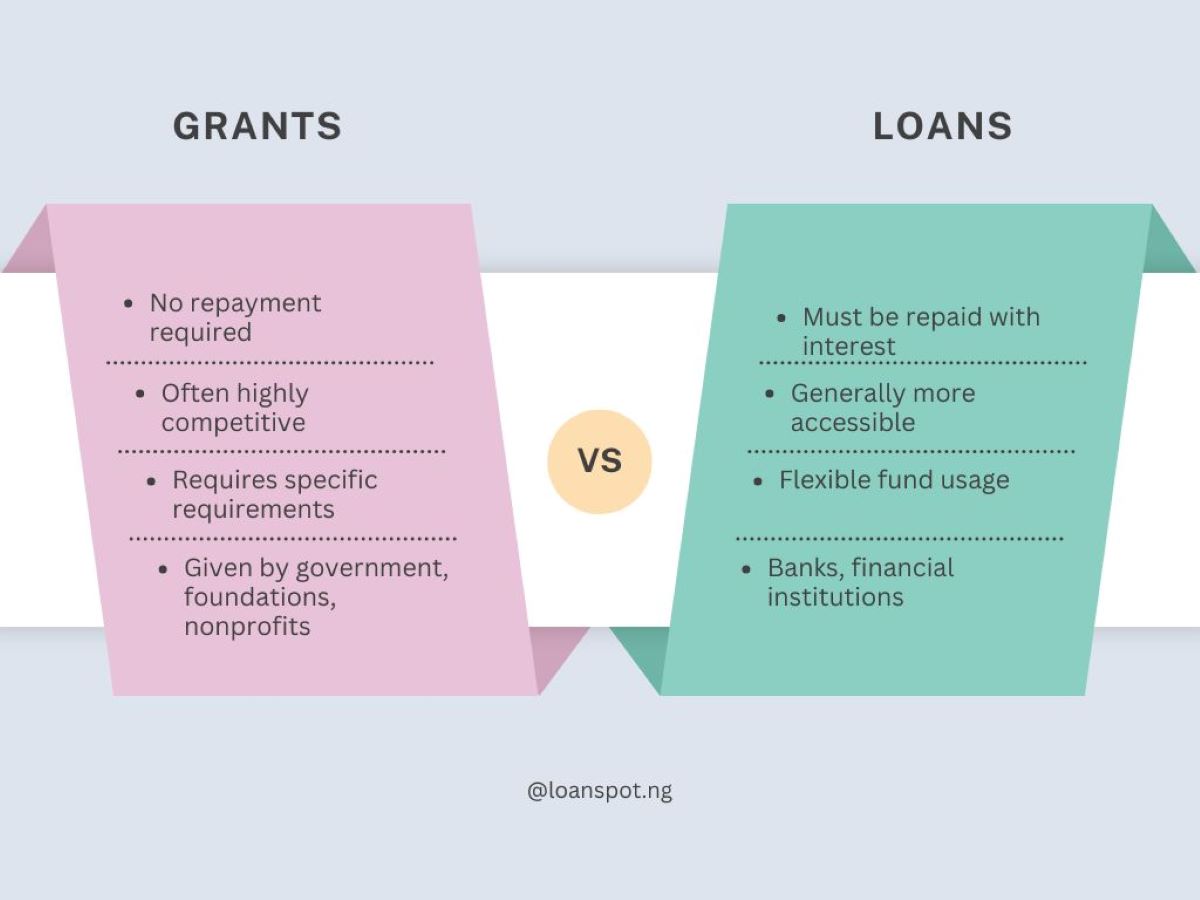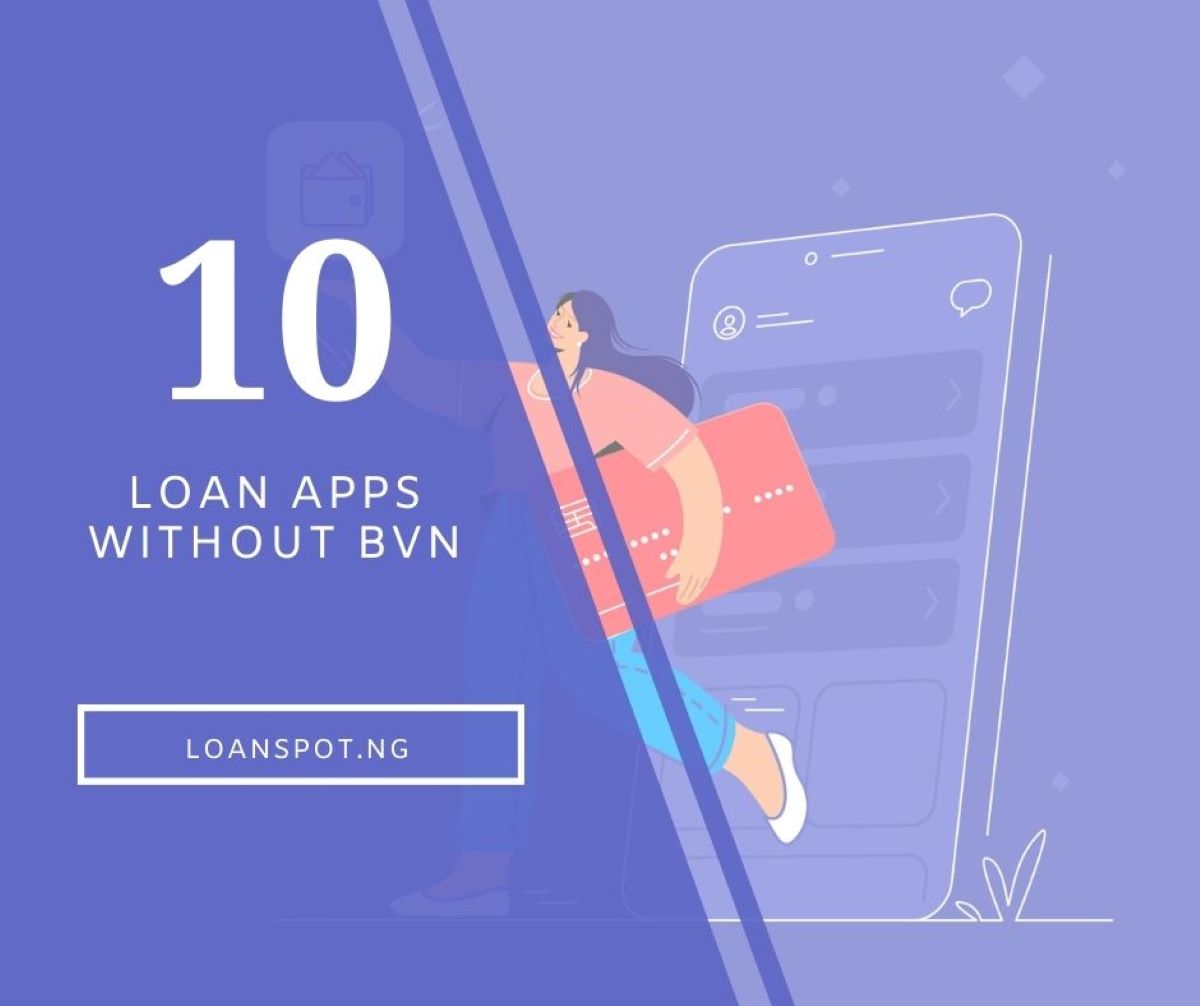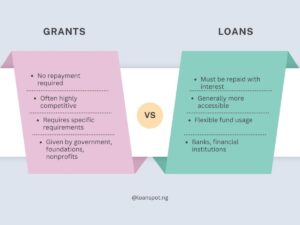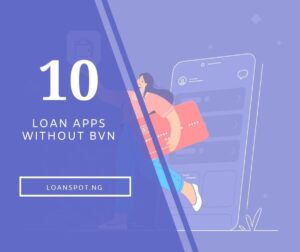If you ask anyone what they think about the concept of a loan, you’d find that almost everyone would have a similar definition— a loan is simply money or financial assets given to an individual in need of funds, with a promise to pay back at a specific time. It’s pretty much basic knowledge.
If you looked further, you’d realise most persons were aware of the fact that getting a loan is not just clear and cut— no one technically lends anyone money without a guarantee, and that’s why collaterals exist. Additionally, the process of getting a loan admittedly can be complicated. This is because no one wants to lend to someone who can’t fulfil repayment obligations.
However, not everyone can afford to provide collateral or even meet all the requirements of a standard loan application. This doesn’t mean that there are no loans to cater to this class. That’s where Microlending comes into play.
What is micro-lending?
Micro-lending, also known as microcredit refers to small loans given to people with (often without collateral) to start small businesses. Take, for example, Mr A, a trader in household provisions who needs to restock his shop. As a sole proprietor, he doesn’t have collateral to get the loan he needs. His low financial status and the lack of collateral do not necessarily tick the requirements boxes. With micro-lending, however, Mr A can get the funds he needs to carry out his plans. Micro-lending is usually centred upon the development of small businesses as opposed to the traditional motivation of making profits from interests on loans. Where conventional loans look to make a profit from interest received. Micro-lending offers the opportunity for businesses to grow and develop through loans, as well as eradicating poverty. Occasionally, some micro-lending facilities include options to coach these sole proprietors to be better in business.
What is microfinance?
Micro-lending is a part of a much larger picture that is Microfinance. Microfinance is an umbrella term that refers to loans, savings, insurance, transfer services and other financial products targeted at people with deficient economic status. As aforementioned, these loans and other financial products are usually given without collateral.
What is a Microfinance institution?
Every loan has a facilitator. The facilitators of microfinance are microfinance institutions or individuals that provide micro-lending services.
How can you access micro-lending in Nigeria?
Micro-lending institutions are everywhere in Nigeria. They usually operate under the umbrella term ‘microfinance bank’. There are also peer to peer groups that help to facilitate micro-lending. The loans are typically low interest, and all you need is a valid reason for taking out the loan and a suitable repayment plan. Micro-lending is the quickest way to get small scale loans. Read on how to start Money Lending here.
Conclusion
Micro loans in Nigeria are moving rapidly to the traditional banks as well. This is because micro lending has become very profitable. The Central Bank of Nigeria also swung its full support around micro-lending in Nigeria in a bid to help them achieve their goal of financial inclusion.







